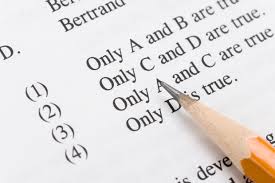As with any assessment a teacher creates they hope to gain knowledge about their students and see if they have been able to make meaning from that particular unit of study. Seems easy, but in fact, it’s the hardest thing an educator will ever do. Assessments are ever changing, as are our students needs. To create a great assessment one needs to keep in mind the motivation of the student and their current level of skill sets, not the ones you think they should have, their actual ones. In thinking about this and the students I have taught over the years, I have began to build what I feel is an assessment in which I am truly focusing in on the many aspects of UbD.
A rough draft perhaps, and a dedicated teacher’s ideas for best practices, the assessment I have created takes a look at how we can better serve students through understanding their reading and writing skills. It’s ever evolving I know, but the beginning of a base I believe will show me how to best instruct students through an assessment that is meaningful to them.
Feel free to take a look here:
https://docs.google.com/document/d/1vKur6hzgUGR50MhqXZNTHw_bI7TB6eH8kokzWhxtgWo/edit?usp=sharing


